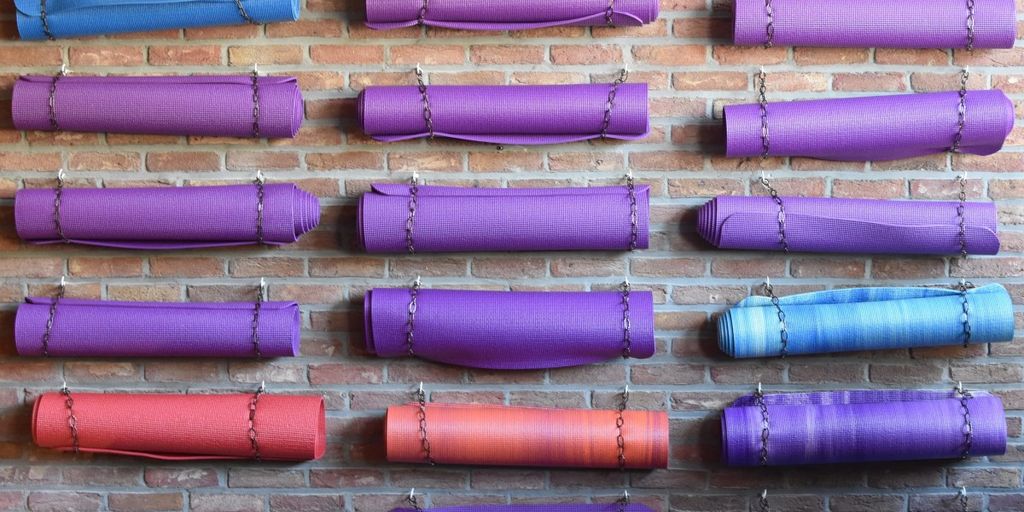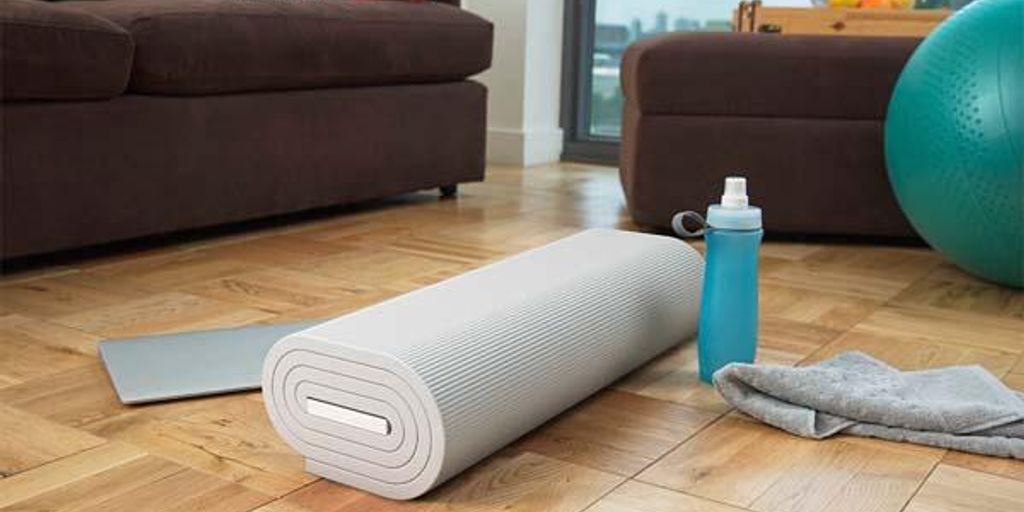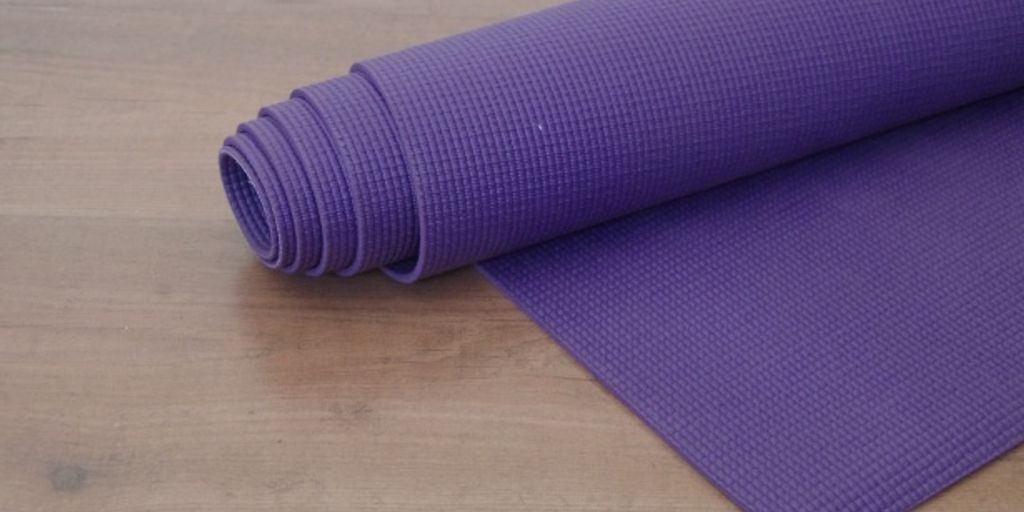
Choosing the Best Non-Toxic Yoga Mat for a Healthier Practice
Choosing the right yoga mat is crucial for a healthier and more sustainable practice. With growing awareness about the health risks associated with toxic materials, more yogis are turning to non-toxic options. This article will guide you through the importance of non-toxic yoga mats, the best materials to look for, certifications and standards, top brands, care tips, and where to buy them.
Key Takeaways
- Non-toxic yoga mats are essential for avoiding harmful chemicals and promoting a healthier practice.
- Materials like natural rubber, organic cotton, jute, and hemp are excellent choices for non-toxic yoga mats.
- Certifications and third-party testing ensure that yoga mats meet safety and environmental standards.
- Top brands offer a variety of non-toxic yoga mats, balancing quality and price.
- Proper care and storage can extend the lifespan of your non-toxic yoga mat.
Understanding the Importance of Non-Toxic Yoga Mats
Health Risks of Toxic Mats
Practicing yoga on mats made from toxic materials can expose you to harmful chemicals. These chemicals can cause skin irritations, respiratory issues, and other health problems. Over time, the continuous exposure can lead to more severe health risks, making it crucial to choose a non-toxic yoga mat.
Environmental Impact
Toxic yoga mats are often made from materials that are not biodegradable, contributing to environmental pollution. The production process of these mats can also release harmful substances into the air and water. Opting for non-toxic mats made from sustainable materials helps reduce your carbon footprint and supports a healthier planet.
Benefits of Non-Toxic Materials
Non-toxic yoga mats are made from materials like natural rubber, organic cotton, and jute, which are not only safer for your health but also more environmentally friendly. These materials are biodegradable and often produced through eco-friendly processes. Additionally, non-toxic mats tend to be more durable and provide better grip and comfort during your practice.
Choosing a non-toxic yoga mat is a step towards a healthier practice and a more sustainable lifestyle.
Materials to Look for in a Non-Toxic Yoga Mat
When selecting a yoga mat, it's crucial to stay safe and healthy with a non-toxic yoga mat. Opting for eco-friendly materials ensures that your practice is both safe for you and kind to the environment. Here are some materials to consider:
Natural Rubber
Natural rubber is a popular choice for non-toxic yoga mats. It is derived from rubber trees and is free from harmful chemicals. This material provides excellent grip and cushioning, making it ideal for various types of yoga practices.
Organic Cotton
Organic cotton mats are another excellent option. They are made from cotton grown without the use of synthetic pesticides or fertilizers. These mats are not only soft and comfortable but also highly absorbent, which is great for hot yoga sessions.
Jute and Hemp
Jute and hemp mats are known for their durability and eco-friendliness. These materials are biodegradable and offer a natural texture that enhances grip. Choosing mats made from jute or hemp helps you avoid harmful chemicals and supports sustainable practices.
By choosing eco-friendly materials, you can avoid harmful chemicals and contribute to a healthier planet. Make informed choices to ensure a safer yoga practice.
Certifications and Standards for Non-Toxic Yoga Mats
Certifications to Trust
When selecting a yoga mat, it's crucial to choose non-toxic and durable mats made from eco-friendly materials for a safe and sustainable yoga experience. Look for certifications such as OEKO-TEX, GOTS, and GreenGuard, which ensure the mat is free from harmful chemicals and safe for use.
Understanding Material Safety Data Sheets
Material Safety Data Sheets (MSDS) provide detailed information about the chemicals used in the manufacturing process. Reviewing these sheets can help you understand the potential health risks and environmental impact of the materials used in your yoga mat.
Third-Party Testing
Third-party testing is essential for verifying the claims made by manufacturers. Independent labs test the mats for harmful substances and durability, ensuring that the product meets high safety standards. This step is vital for maintaining trust and transparency in the market.
Ensuring your yoga mat meets these certifications and standards is a key step towards a healthier and more environmentally friendly practice.
Top Brands Offering Non-Toxic Yoga Mats
When it comes to choosing the best non-toxic yoga mat, brand reputation plays a crucial role. Established brands often have a track record of producing high-quality, safe products. Customer reviews can provide valuable insights into the performance and durability of a mat. It's essential to read through these reviews to gauge real-world experiences.
Price vs. quality is another important consideration. While some non-toxic mats may come with a higher price tag, they often offer better longevity and performance. Investing in a quality mat can save you money in the long run.
- Look for brands that prioritize natural materials.
- Choose non-toxic mats made from natural materials.
- Look for certifications for safety and quality.
Opting for a reputable brand ensures that you are getting a product that is both safe for your health and the environment.
Caring for Your Non-Toxic Yoga Mat
Cleaning Tips
Maintaining the cleanliness of your non-toxic yoga mat is essential for both hygiene and longevity. Regular cleaning helps prevent the buildup of sweat, dirt, and bacteria. Use a gentle, natural cleaner or a mixture of water and mild soap. Avoid harsh chemicals that can degrade the mat's material. After cleaning, let your mat air dry completely before rolling it up.
Storage Solutions
Proper storage can significantly extend the life of your yoga mat. Store your mat in a cool, dry place away from direct sunlight, which can cause the material to break down over time. Consider using a mat bag or strap to keep it rolled up and protected from dust and damage.
Extending the Lifespan
To get the most out of your non-toxic yoga mat, rotate it regularly to ensure even wear. Avoid wearing shoes on the mat and keep it away from sharp objects. If you practice frequently, consider having a backup mat to alternate between sessions. This can help reduce wear and tear on a single mat, making both last longer.
Taking good care of your non-toxic yoga mat not only ensures a healthier practice but also contributes to a more sustainable lifestyle.
Where to Buy Non-Toxic Yoga Mats
Online Retailers
Shopping online offers a wide range of options for non-toxic yoga mats. Many reputable brands have their own websites where you can purchase directly. Additionally, large e-commerce platforms like Amazon and specialized eco-friendly stores provide a variety of choices. When buying online, always check for certifications and read customer reviews to ensure the quality and safety of the mat.
Local Stores
Visiting local stores allows you to physically inspect the yoga mats before purchasing. Health and wellness stores, as well as sporting goods shops, often carry non-toxic options. Don't hesitate to ask the staff for recommendations or information about the materials used in the mats.
Specialty Shops
Specialty shops that focus on eco-friendly and sustainable products are excellent places to find high-quality non-toxic yoga mats. These stores often have knowledgeable staff who can guide you in choosing the best mat for your needs. Look for shops that highlight their commitment to sustainability and carry products with multiple certifications.
For the best selection, consider exploring both online and offline options. This way, you can compare prices, materials, and certifications to make an informed decision.
Looking for the best non-toxic yoga mats? Look no further! At Yune Yoga, we offer a wide range of eco-friendly and high-quality yoga mats that are perfect for your practice. Visit our website to explore our collections and find the perfect mat for you. Don't miss out on our exclusive offers and free shipping on all orders!
Conclusion
Choosing the best non-toxic yoga mat is a crucial step towards ensuring a healthier and more mindful practice. By considering factors such as material, durability, and eco-friendliness, you can find a mat that not only supports your physical well-being but also aligns with your values. Remember, investing in a high-quality, non-toxic yoga mat is an investment in your health and the environment. Take the time to research and select a mat that meets your needs, and enjoy a safer, more sustainable yoga practice.
Frequently Asked Questions
What makes a yoga mat non-toxic?
A non-toxic yoga mat is made from materials that do not contain harmful chemicals, such as phthalates, PVC, or heavy metals. These mats are often made from natural or organic materials like natural rubber, organic cotton, jute, or hemp.
Why should I choose a non-toxic yoga mat?
Choosing a non-toxic yoga mat helps reduce your exposure to harmful chemicals, which can have adverse health effects. Additionally, non-toxic mats are often more environmentally friendly, contributing to a healthier planet.
Are non-toxic yoga mats more expensive?
Non-toxic yoga mats can be more expensive than conventional mats due to the higher cost of natural and organic materials. However, the investment is often worth it for the health benefits and environmental impact.
How do I clean my non-toxic yoga mat?
To clean a non-toxic yoga mat, use a mixture of water and mild soap or a specialized mat cleaner. Avoid using harsh chemicals or abrasive scrubbers, as these can damage the mat's material.
What certifications should I look for in a non-toxic yoga mat?
Look for certifications such as OEKO-TEX, GOTS (Global Organic Textile Standard), and GreenGuard. These certifications ensure that the mat meets specific safety and environmental standards.
Can I use a non-toxic yoga mat for other exercises?
Yes, non-toxic yoga mats can be used for various exercises, including Pilates, stretching, and floor workouts. Their non-slip surface and cushioning make them suitable for different types of physical activities.


